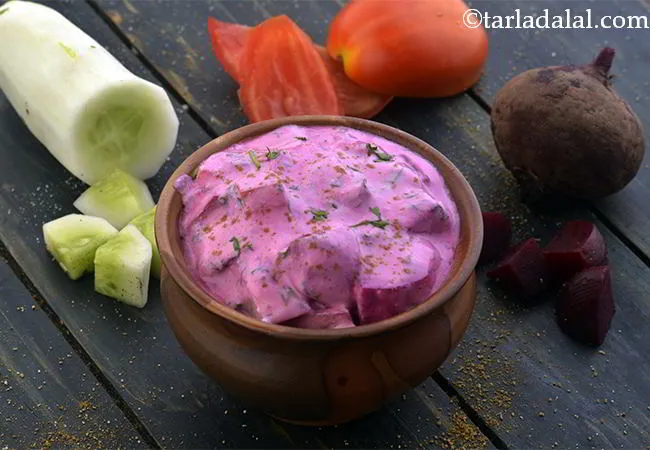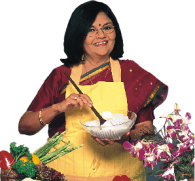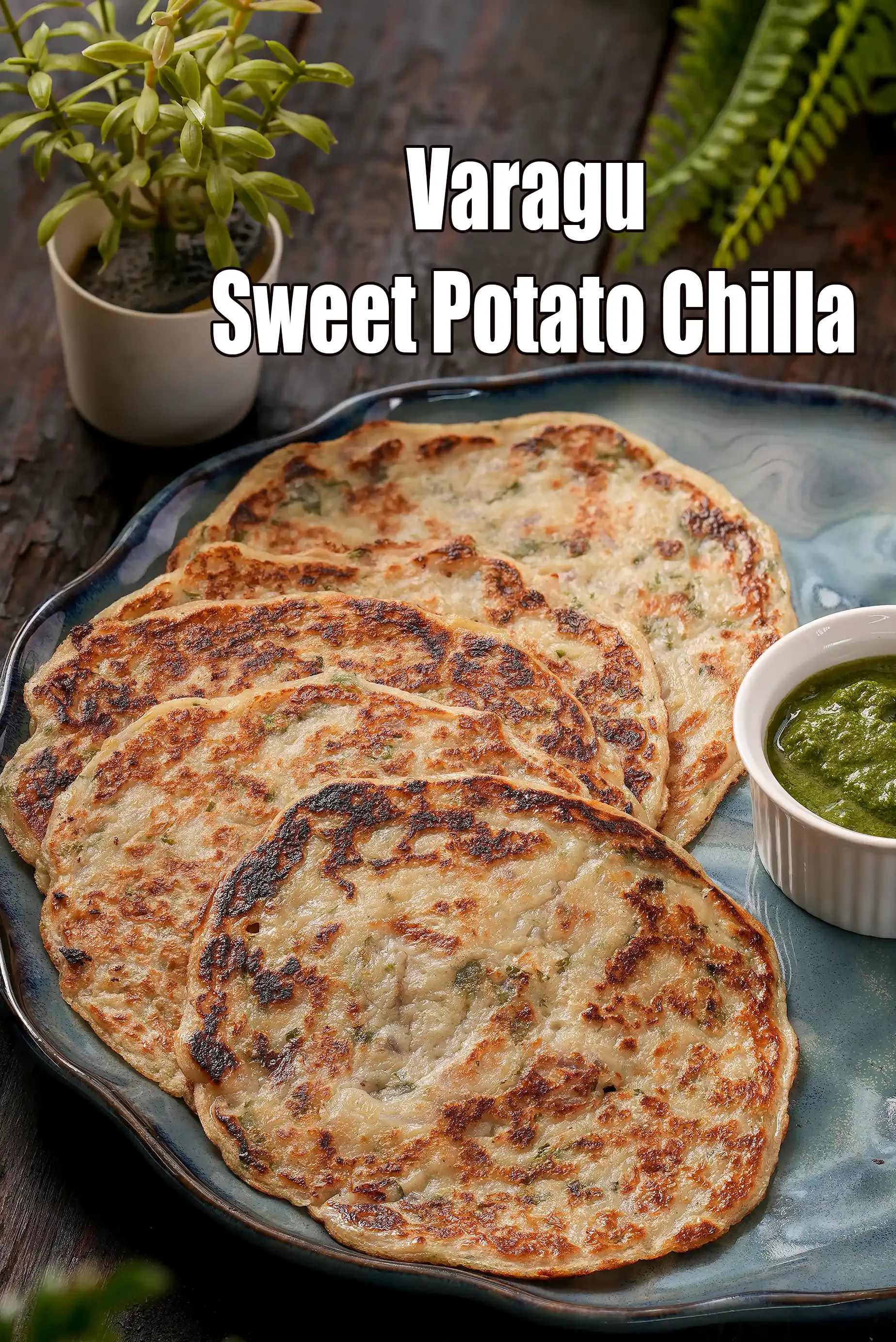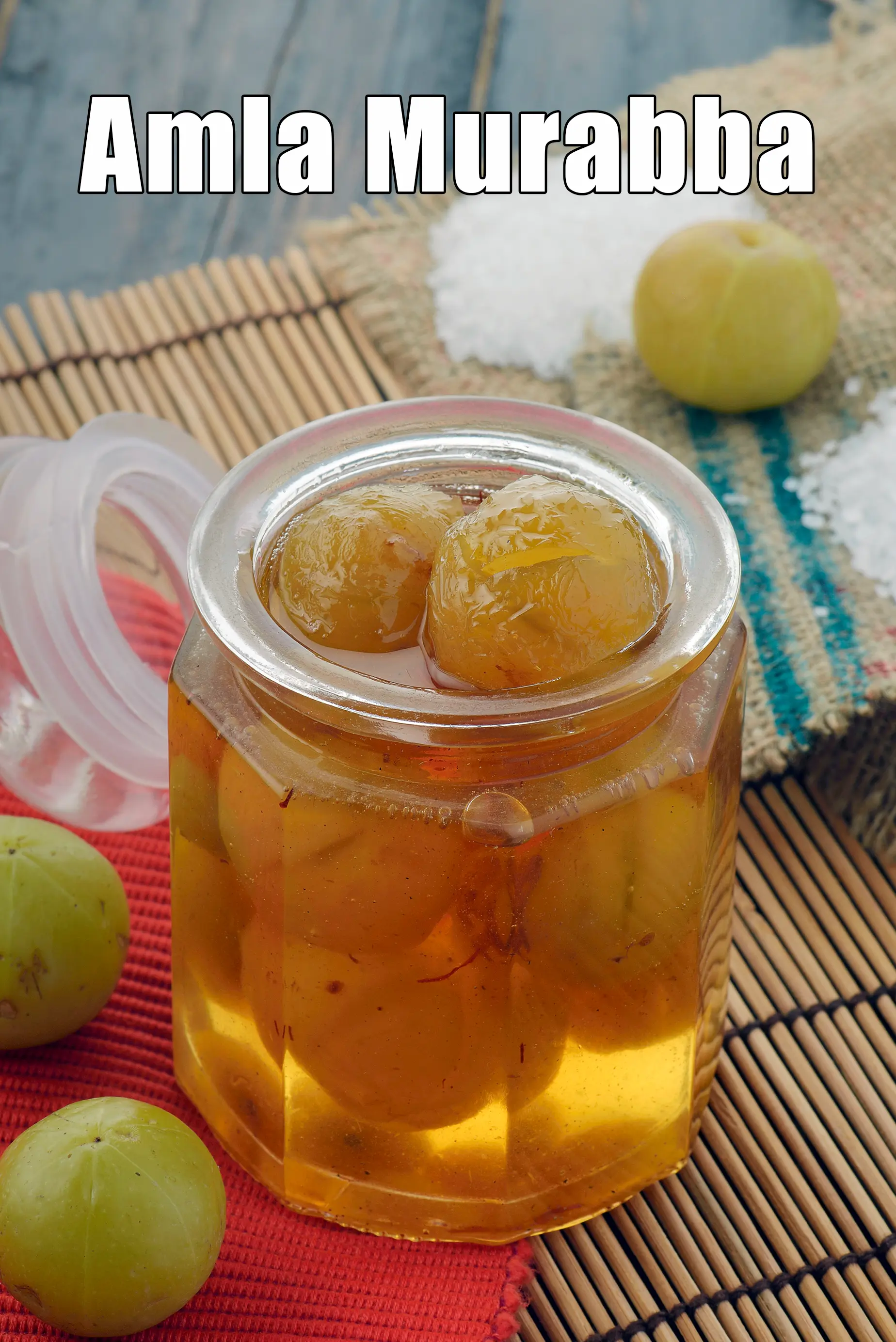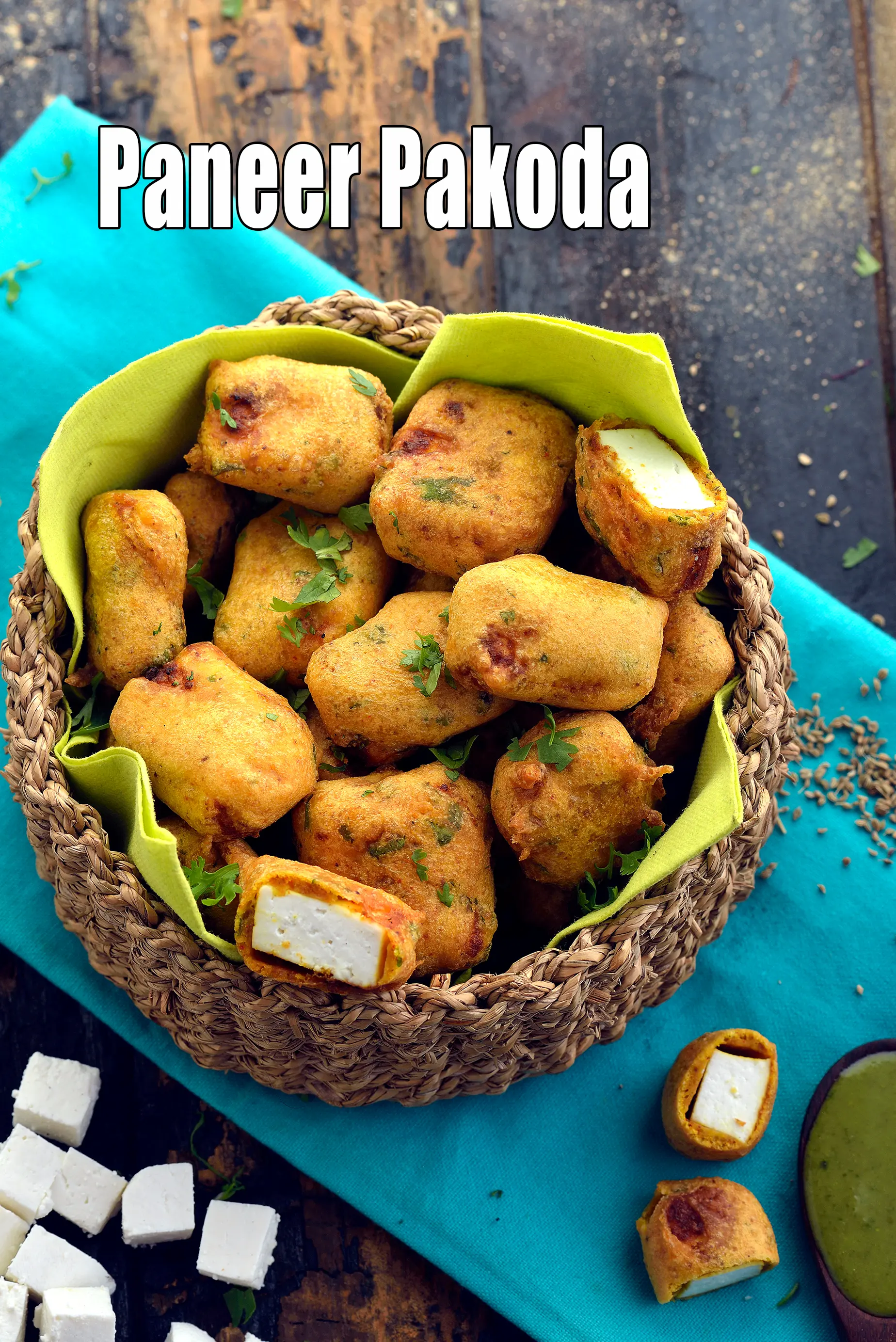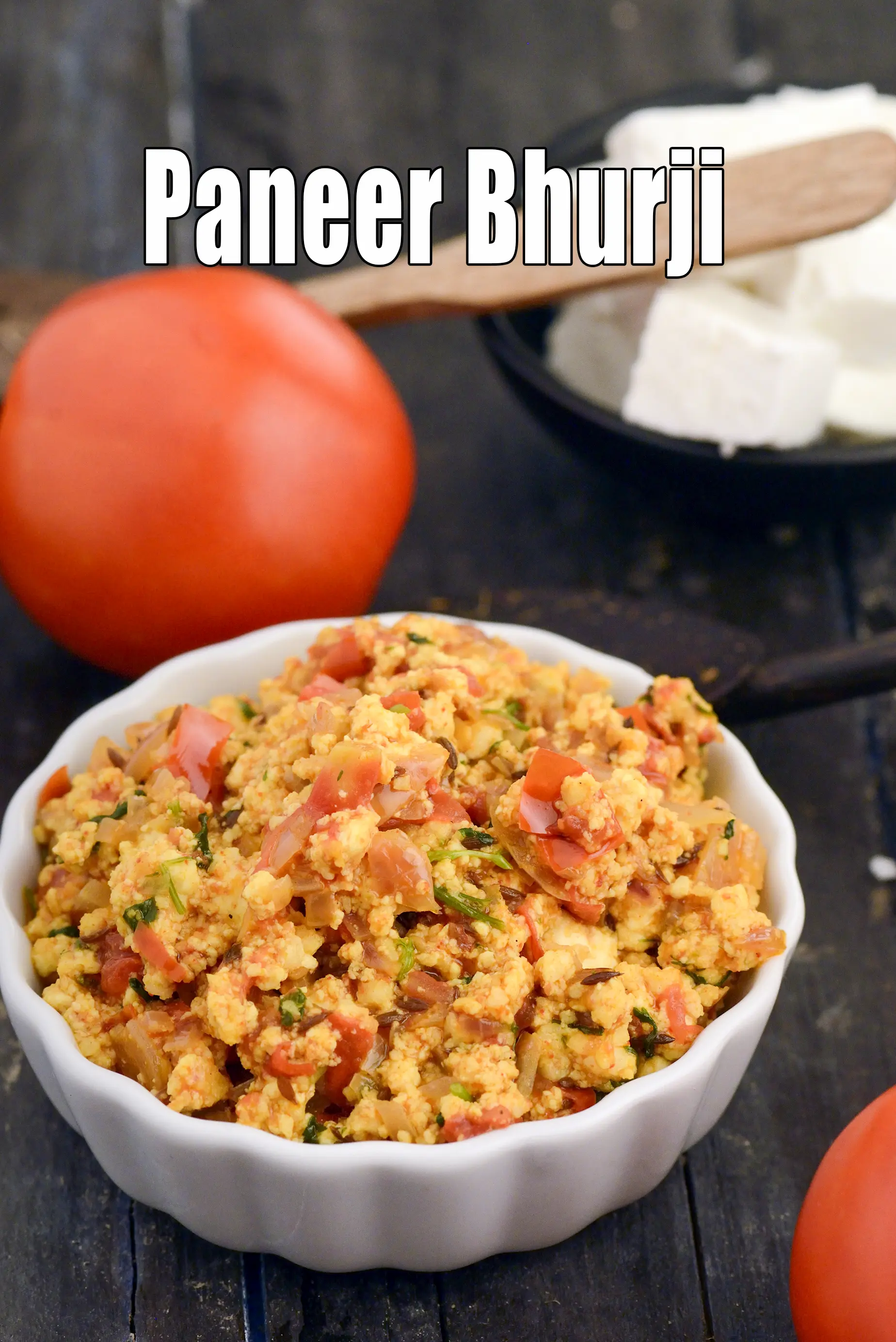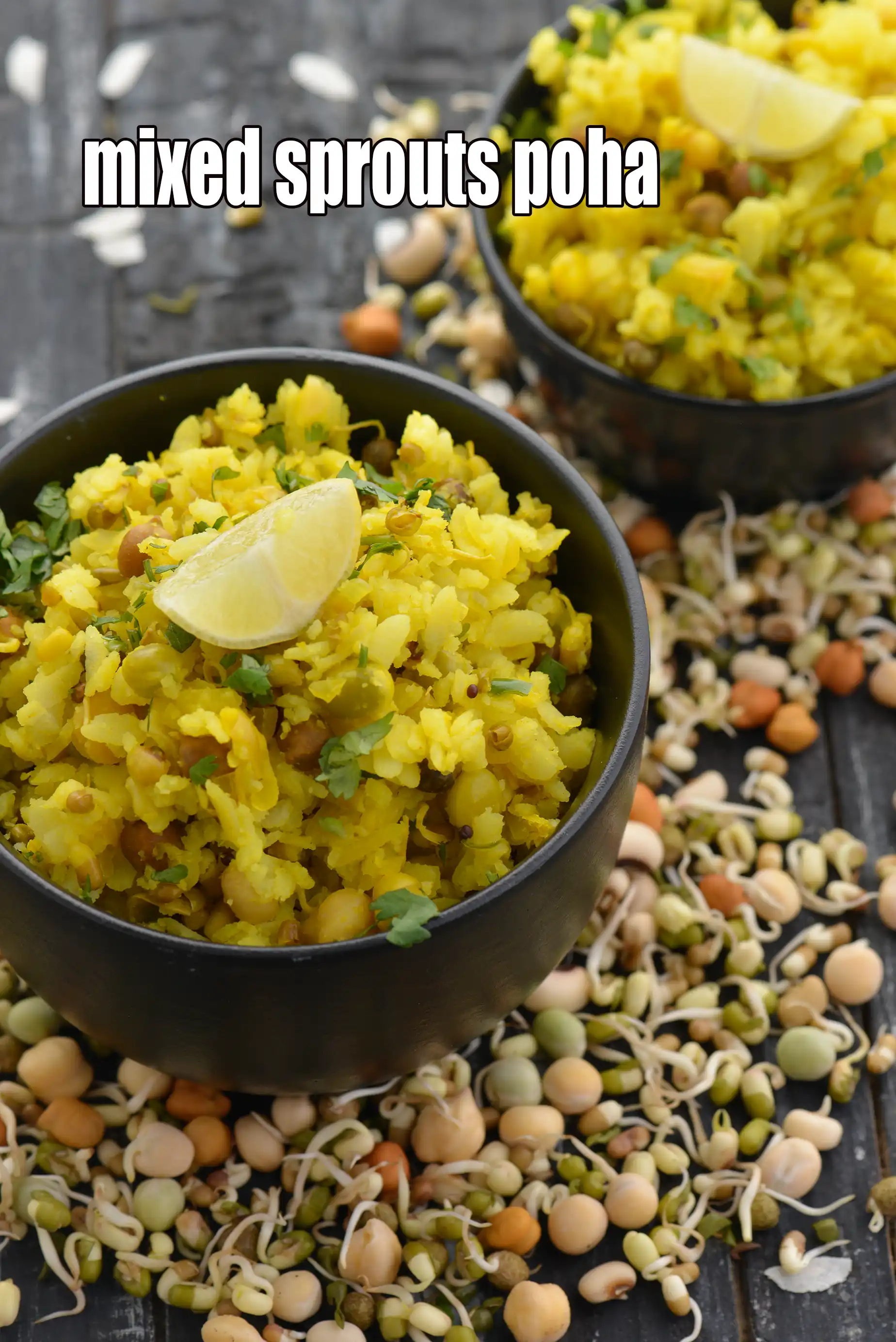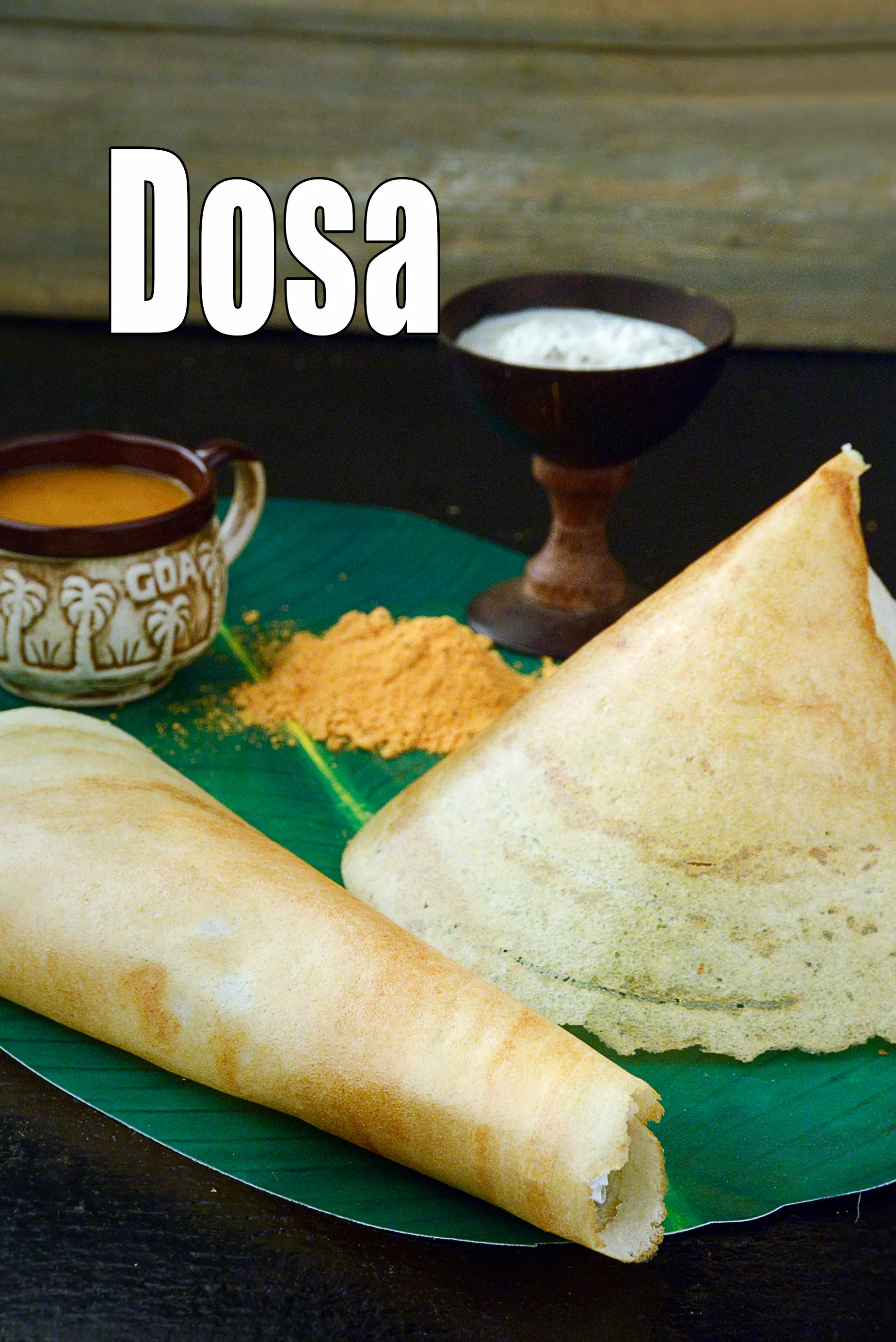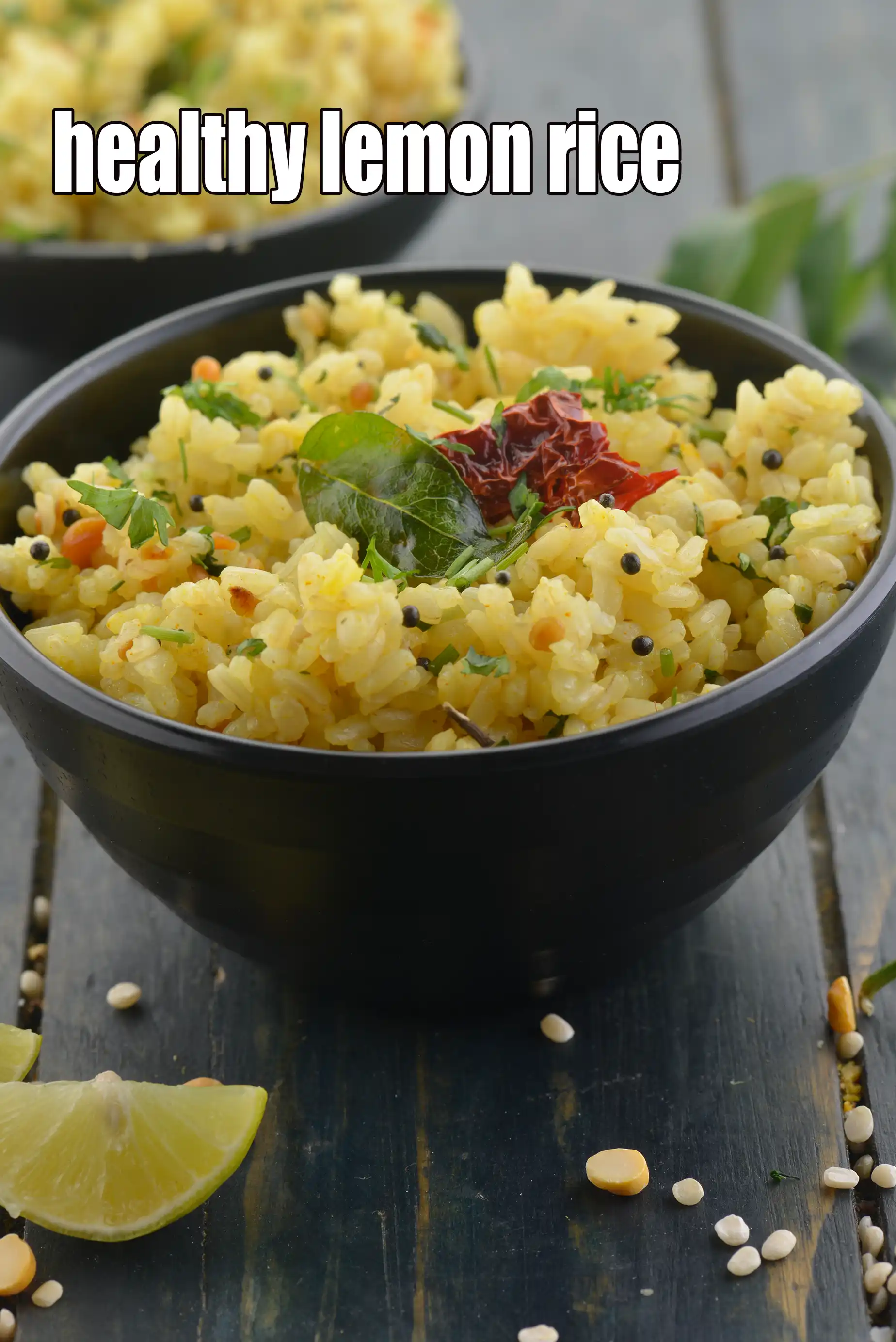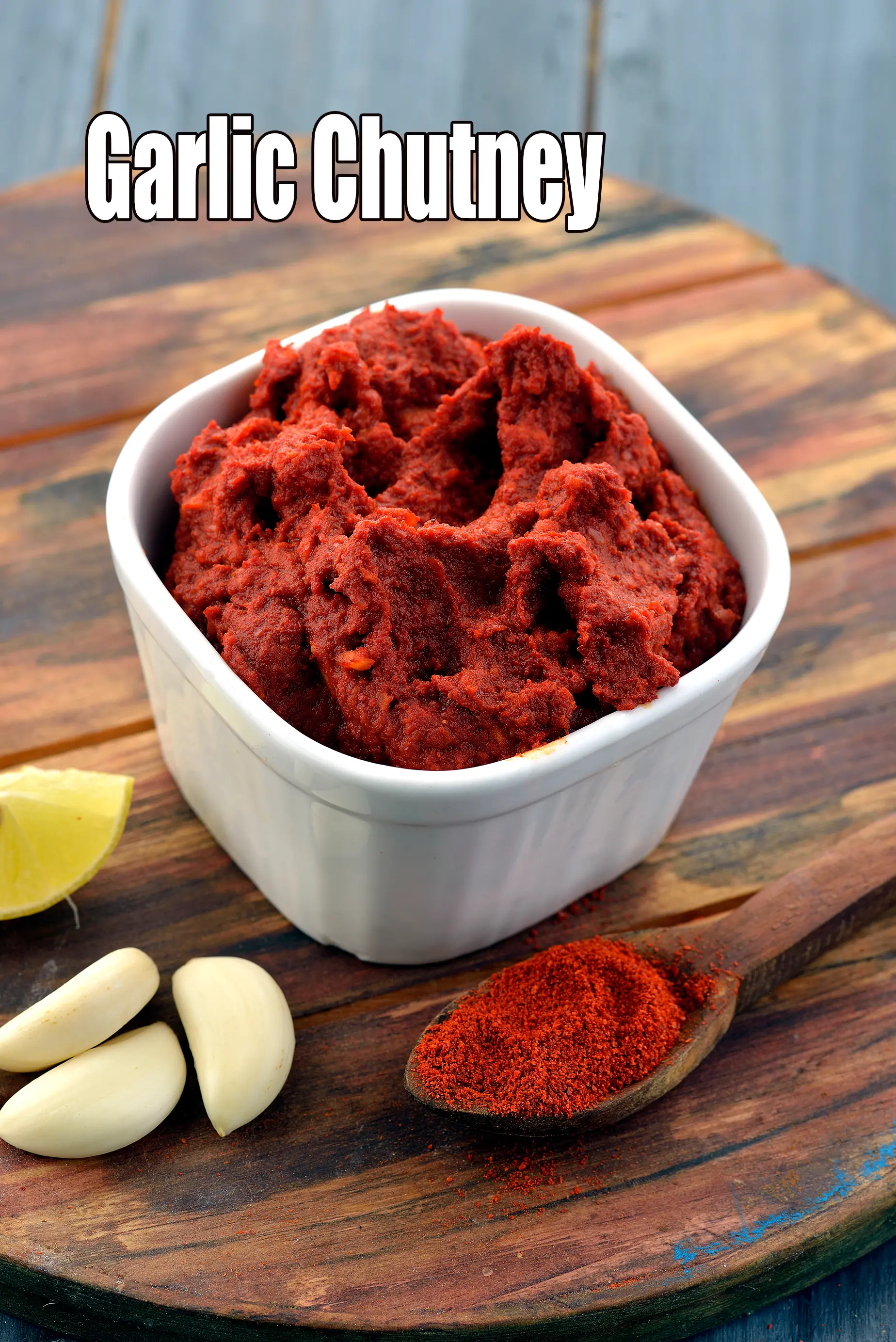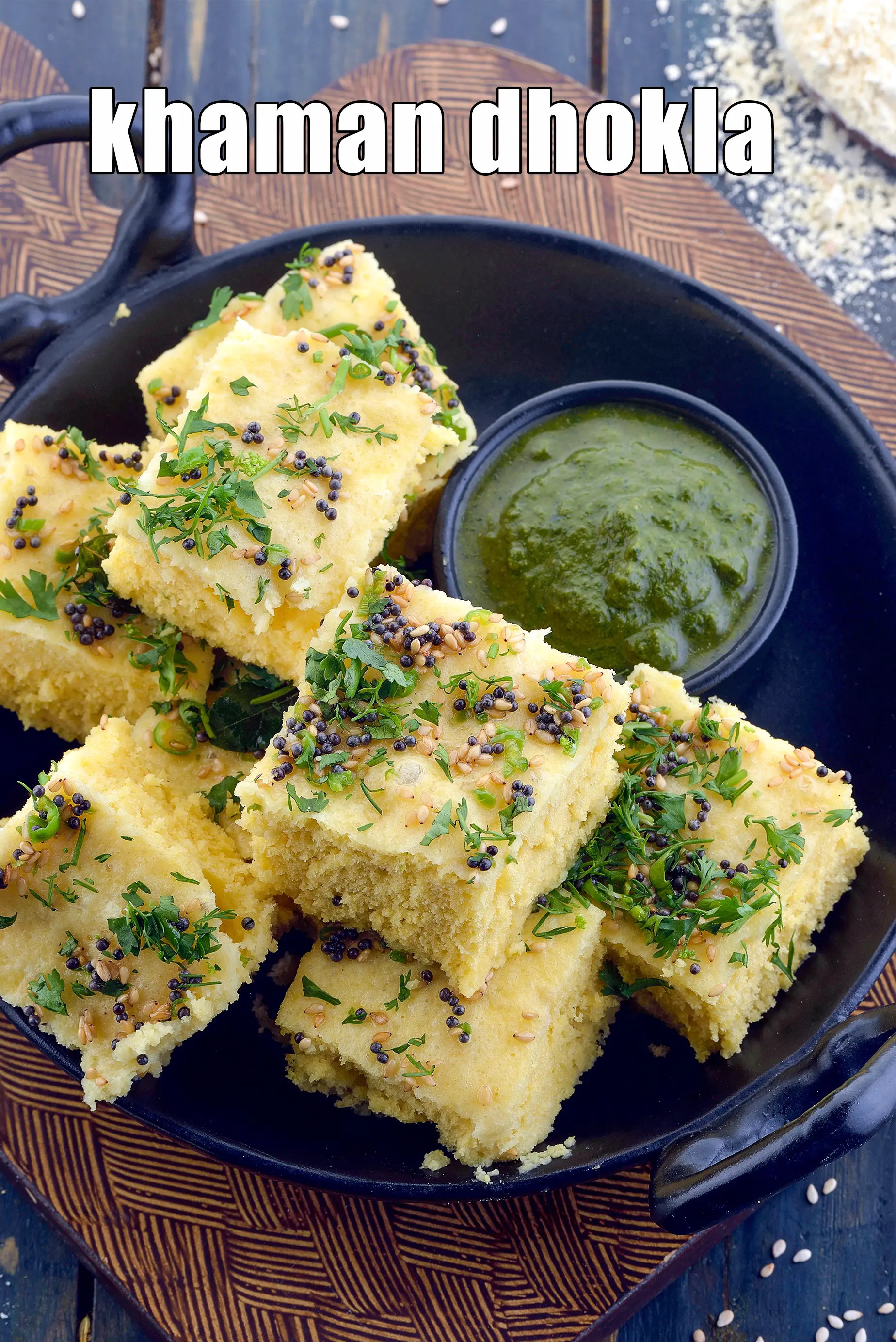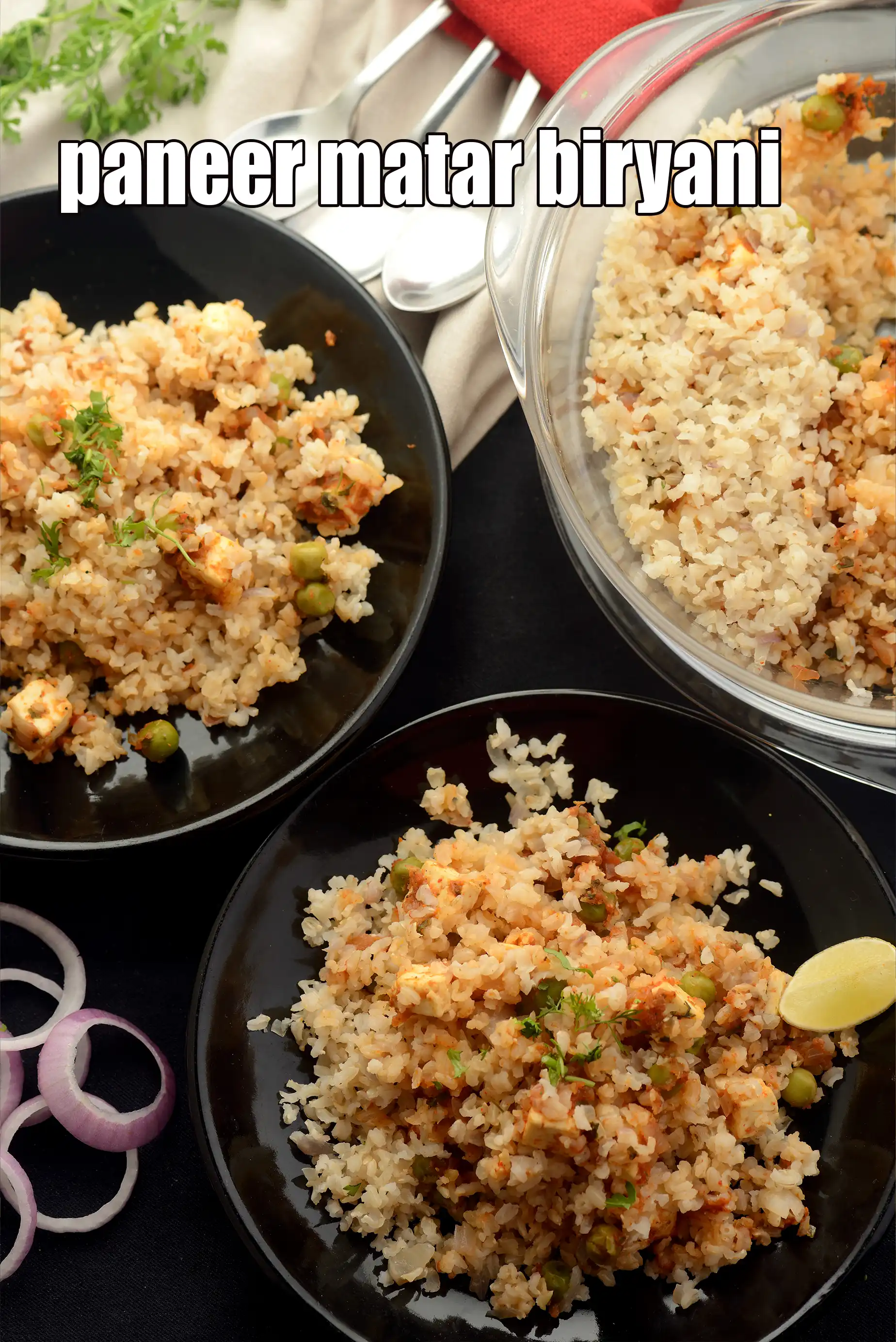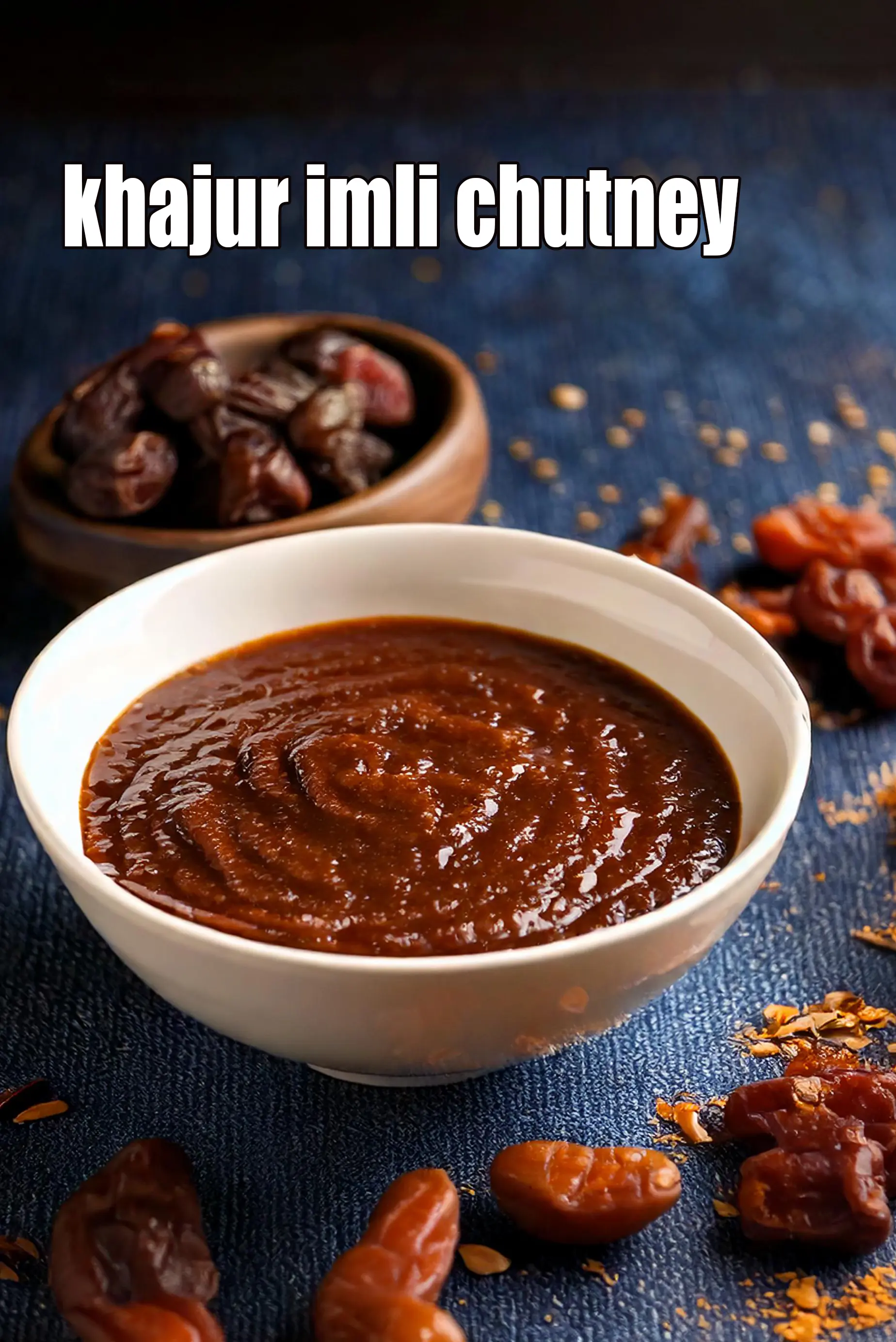Nutritional Facts of dal paratha recipe | yellow moong dal paratha | healthy dal paratha | Calories in dal paratha recipe | yellow moong dal paratha | healthy dal paratha |
This calorie page has been viewed 32345 times

How many calories does one Dal Paratha have?
One Dal Paratha gives 141 calories. Out of which carbohydrates comprise 82 calories, proteins account for 19 calories and remaining calories come from fat which is 44 calories. One Dal Paratha provides about 7 percent of the total daily calorie requirement of a standard adult diet of 2,000 calories.
Click here to view. Dal Paratha recipe. Chinese Bhel is a very popular roadside snack in Mumbai. It is made of fried noodles, perked up with crunchy veggies like cabbage and spring onions and splashes of tongue-tickling Oriental sauces.
The fried noodles is available readymade, or can be made at home. Once you have that ready, the rest is just chop and toss as this snack requires no cooking. Even kids can make it themselves and enjoy, with reduced spice levels.
Is Dal Paratha healthy?
Yes, this is healthy. But restrictions apply to some.
Let's understand the Ingredients.
What's good.
1. Whole Wheat flour : Whole wheat flour is excellent for diabetics as they will not shoot up your blood sugar levels as they are a low GI food. Whole wheat flour is rich in Phosphorus which is a major mineral which works closely with calcium to build our bones. Vitamin B9 helps your body to produce and maintain new cells, especially increase red blood cells. See detailed 11 benefits of whole wheat flour and why it's good for you.
2. Yellow Moong Dal : The fibre (4.1 g in ¼ cup) present in yellow moong dal prevents the deposition of bad cholesterol (LDL) in the arteries which promotes a healthy heart in turn. Packed with nutrients like zinc (1.4 mg), protein (12.2 mg) and iron (1.95 mg), yellow moong dal helps to maintain the elasticity of your skin and help to keep it moist. Fiber, potassium and magnesium from yellow moong dal will work together to regulate blood pressure and soothe the nerves and is diabetic friendly. See here for details of 7 amazing benefits of yellow moong dal.
3. Ghee : Other than calories and fats, the only nutrients that ghee is rich in are the vitamins – all of which are fat-soluble. All the 3 vitamins (Vitamin A, Vitamin E and Vitamin K) are antioxidants which have a role in removing free radicals from the body and protecting our cell as well as help in maintaining skin health and glow. Ghee is an excellent, high-quality selection medium of cooking because of its high smoke point. As compared to most oils and butter, ghee can handle a smoke point of 230°C, 450°F, thus its less prone to oxidant and destruction of nutrients. Yes, ghee does contain cholesterol, but some amount of cholesterol is needed by the body. Cholesterol has some functions to play too. It is necessary for hormone production, brain function, cell health and lubricating the joints. It is, in reality, a high quality fat for the body and brain. Ghee is loaded with fats but that’s medium chain fatty acids (MCT) which aid in weight loss. Ghee is healthy for daibetics in small amounts and you need to check your fat intake at the same time. Learn to easily make your ghee at home which is free of preservatives. See benefits of ghee.
4. Curd + Low fat Curds : Curds help in digestion as it has very good bacteria. Probiotics in curds acts as a mild laxative but, in case of diarrhoea and dysentery, it is a boon, if curd is used with rice.They help in weight reduction, good for your heart and build immunity. The only difference between curds and low fat curds is the fat level. Read the benefits of curds to include in your daily diet.
Can diabetics, heart patients and over weight individuals have Dal Paratha?
Yes, this recipe is good for diabetics, heart and weight loss BUT have in limited quantity as there is quite a combination of oil and ghee used in the recipe. 3 tsp oil and 4 tsp ghee for 8 parathas. So you need to balance you fat intake for the day. Note that ghee is rich in are the vitamins – all of which are fat-soluble. All the 3 vitamins (Vitamin A, Vitamin E and Vitamin K) are antioxidants which have a role in removing free radicals from the body and protecting our cell as well as help in maintaining skin health and glow.
What is a healthy accompaniment to this roti?
We suggest you pair it with homemade curds using cows milk or low fat curds, lauki pudine ka raita, mixed veggie raita, low calorie spinach raita or a cucumber and pudina raita.
Veg Raita, Mixed Vegetable Raita
Can healthy individuals have Dal Paratha?
Yes. This is good for you.
8 Pointers to get healthy on a Indian diet
1. Eat healthy and say yes to good home cooked food. Prefer whole grains like oatmeal, quinoa, buckwheat, barley and healthy flours like bajra flour, jowar flour, quinoa flour, wheat flour etc. rather than refined ones like maida. Have healthy Indian fats like ghee, coconut, coconut oil in your diet.
2. Opt out of junk food, packaged food, deep fried foods. Prefer steamed snacks and other non-fried snacks. Check out some Healthy Indian Snacks. Remember to eat small frequent meals through the day as that will keep you always full and prevent your blood sugar from dropping. By starving your body through some diet, will not help you one bit. In fact, dieting will make you binge on 2 to 3 meals which is not good.
3. Have 4 to 5 servings of vegetables and 2 to 3 servings of fruit is a must. Follow the logic of a vegetable in each main meal of the day and a fruit in-between meals. Check out a few Healthy Indian Soups and Healthy Indian Salads recipes using this food group.
4. Cut down on sugar and salt in your diet and pick honey ( very small amounts) or dates to sweeten your food. Slowly cut the sugar habit as this is not going to happen over night. Sugar is also called white poison. It is a simple carbohydrate with zero nutritional value. On intake, sugar will cause inflammation of the body which will last for many hours. It will spike your blood sugar level and shut down the fat burning process. This also causes high blood sugar levels in your body. The development of prediabetes comes from uncontrolled eating sugar and refined food products for many years and the classic symptom is if you have excess belly fat. This leads to diabetes and further onwards to heart attack, high blood pressure, strokes, impotence and kidney damage.
Salt and blood pressure. Apart from stress and obesity, one of the main reasons for high blood pressure is excessive sodium and salt intake. Most people find it difficult to limit the amount of salt in their cooking, thinking it will affect the taste of their favourite dishes.
This is not true. Bajra and jowar are rich in potassium and critical for those with High Blood Pressure as it lessens the impact of sodium. Eating more Potassium Rich Foods will remove more sodium from your body through urine. So include the basic bajra roti and jowar roti in your daily diet to have with Lower Blood Pressure Subzis Recipes.
5. Befriend a few healthy seeds and nuts like chia seeds, flax seeds, sesame seeds, walnuts and almonds.
6. Sprouts are called ‘living food’. They are high is most nutrients and easy to digest as well. Let them feature in your meals at least thrice a week. Also Read : All Benefits about Sprouts.
7. Exercise 45 minutes every day. No excuse. You can walk fast, run, do weights, play your favourite sport or go to the gym.
8. Sleep early and get up early. Get your body into rhythm and it will function best. Sleep helps your body to recover.
How to burn 141 calories that come from Dal Paratha?
Walking (6 kmph) = 42 mins
Running (11 kmph) = 14 mins
Cycling (30 kmph) = 19 mins
Swimming (2 kmph) = 24 mins
Note: These values are approximate and calorie burning differs in each individual.
| Value serving | % Daily Values | |
| Energy | 141 kcal | 7% |
| Protein | 4.8 g | 8% |
| Carbohydrates | 20.4 g | 7% |
| Fiber | 3.25 g | 11% |
| Fat | 4.87 g | 8% |
| Cholesterol | 0.0 mg | 0% |
| VITAMINS | ||
| Vitamin A | 44.6 mcg | 4% |
| Vitamin B1 (Thiamine) | 0.1 mg | 10% |
| Vitamin B2 (Riboflavin) | 0.1 mg | 3% |
| Vitamin B3 (Niacin) | 1.1 mg | 8% |
| Vitamin C | 0.0 mg | 0% |
| Vitamin E | 0.2 mg | 2% |
| Folic Acid (Vitamin B9) | 20.6 mcg | 7% |
| MINERALS | ||
| Calcium | 16.8 mg | 2% |
| Iron | 1.4 mg | 7% |
| Magnesium | 38.3 mg | 9% |
| Phosphorus | 110.4 mg | 11% |
| Sodium | 6.6 mg | 0% |
| Potassium | 173.0 mg | 5% |
| Zinc | 0.7 mg | 4% |
Percent Daily Values are based on a 2000 calorie diet. Your daily values may be higher or lower depending on your calorie needs.

Click here to view Dal Paratha, Yellow Moong Dal Paratha
Calories in other related recipes
